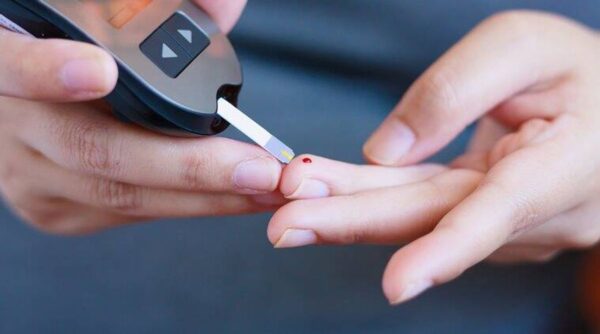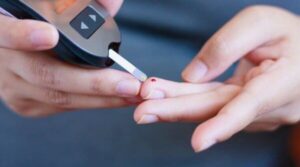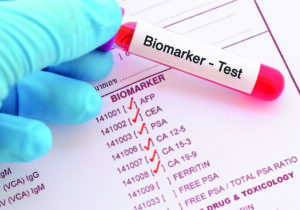Early Warning Signs of Type 1 Diabetes in Men
3 min read
Signs of Type 1 Diabetes
Type 1 diabetes doesn’t discriminate based on gender, but men may experience symptoms differently than women. Recognizing the early warning signs of type 1 diabetes in men is crucial for timely diagnosis and effective management. Here’s what men need to know about the symptoms that may indicate the onset of type 1 diabetes.
Understanding Type 1 Diabetes:
Type 1 diabetes is an autoimmune condition where the body’s immune system by chance attacks and destroys the insulin-producing beta cells in the pancreas. Without insulin, the body can’t properly regulate blood sugar levels, leading to various symptoms and complications.
Common Symptoms in Men:
While the symptoms of type 1 diabetes are similar in both men and women, men may experience them differently. Here are some common early warning signs of type 1 diabetes in men:
- Increased Thirst (Polydipsia): Men with undiagnosed type 1 diabetes may experience persistent thirst, even after drinking plenty of fluids. This excessive thirst, known as polydipsia, occurs as the body tries to flush out excess sugar through increased urination.
- Frequent Urination (Polyuria): Excess sugar in the bloodstream leads to increased urination, known as polyuria. Men with type 1 diabetes may find themselves making frequent trips to the bathroom, especially at night.
- Unexplained Weight Loss: Despite eating a normal or increased amount of food, men with type 1 diabetes may experience unexplained weight loss. This occurs as the body breaks down muscle and fat for energy when it can’t use sugar properly.
- Fatigue and Weakness: Feeling tired and lethargic is a common symptom of type 1 diabetes in men. Without enough insulin to convert sugar into energy, cells become starved for fuel, leading to fatigue and weakness.
- Blurry Vision: High blood sugar levels can cause vision changes, leading to blurry or distorted vision. Men with type 1 diabetes may notice difficulty focusing or sudden changes in their eyesight.
- Increased Hunger (Polyphagia): Despite eating regularly, men with undiagnosed type 1 diabetes may experience increased hunger, known as polyphagia. This occurs as the body tries to compensate for the lack of energy due to insulin deficiency.
- Irritability and Mood Changes: Fluctuations in blood sugar levels can affect mood and behavior. Men with type 1 diabetes may experience irritability, mood swings, or difficulty concentrating, especially if their blood sugar levels are too high or too low.
Recognizing Severe Symptoms:
In addition to the early warning signs mentioned above, men with type 1 diabetes may also experience more severe symptoms that require immediate medical attention. These include
- Extreme Thirst and Hunger: Severe dehydration and hunger may occur as the body tries to compensate for high blood sugar levels
- .Nausea and Vomiting: Persistent nausea and vomiting can be a sign of diabetic ketoacidosis (DKA), a life-threatening complication of untreated diabetes.
- Difficulty Breathing: Rapid, shallow breathing or shortness of breath may indicate DKA, a medical emergency requiring immediate treatment.
- Confusion and Loss of Consciousness: Severe fluctuations in blood sugar levels can lead to confusion, disorientation, or loss of consciousness. This is a medical emergency and requires immediate intervention.
Seeking Medical Help:
If you or a loved one experiences any of the early warning signs or severe symptoms of type 1 diabetes, it’s essential to seek medical help promptly. A healthcare professional can perform tests to diagnose diabetes and develop a personalized treatment plan
Conclusion
Recognizing the early warning signs of type 1 diabetes in men is crucial for timely diagnosis and management. By being aware of symptoms such as increased thirst, frequent urination, unexplained weight loss, fatigue, blurry vision, increased hunger, irritability, and mood changes, men can take proactive steps to seek medical attention and receive the necessary treatment. With proper management, individuals with type 1 diabetes can lead fulfilling lives while effectively managing their condition.







